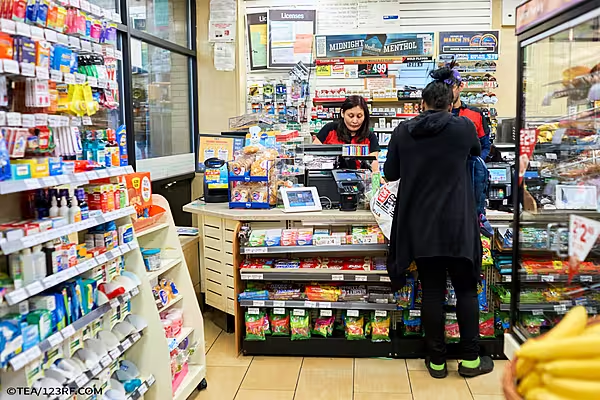U.S. consumer prices fell for the first time in 10 months in March, weighed down by a decline in the cost of gasoline, but underlying inflation continued to firm amid rising prices for healthcare and rental accommodation.
The drop in the headline monthly inflation reading reported by the Labor Department on Wednesday is likely temporary, with producer prices increasing solidly in March.
In addition, the tightening labor market is expected to start generating significant wage inflation in the second half of the year. As such, many economists believe the Federal Reserve will raise interest rates three more times this year.
The U.S. central bank increased borrowing costs last month and forecast at least two additional rate hikes in 2018.
"U.S. inflation is warming up rather than heating up," said Sal Guatieri, a senior economist at BMO Capital Markets in Toronto. "Still, the upward trend could suffice to nudge the Fed three more times this year."
Consumer Price Index
The Consumer Price Index slipped 0.1 percent last month, the first and largest drop since May 2017, after climbing 0.2 percent in February, the Labor Department said.
In the 12 months through March, the CPI increased 2.4 percent. That was the largest annual gain in a year and followed February's 2.2 percent increase. Annual inflation is rising as the weak readings from last year drop from the calculation.
Excluding the volatile food and energy components, the CPI climbed 0.2 percent, matching February's increase. The so-called core CPI rose 2.1 percent year-on-year in March, the largest advance since February 2017, after increasing 1.8 percent in February. The core CPI is now well above the 1.8 percent annual average increase over the past 10 years.
Economists had forecast the CPI unchanged in March and the core CPI rising 0.2 percent. The Fed tracks a different index, the personal consumption expenditures price index (PCE) excluding food and energy, which has consistently run below the central bank's 2 percent target since mid-2012.
The dollar was trading slightly lower against a basket of currencies while prices for U.S. Treasuries were up. U.S. stock index futures were weak.
Inflation Boost
Inflation is also expected to get a boost from a $1.5 trillion income tax cut package and increased government spending, as well as a weakening U.S. dollar. Economists expect the core PCE price index will breach its target sometime this year.
Gasoline prices tumbled 4.9 percent in March, the largest drop since last May, after falling 0.9 percent in February. Food prices edged up 0.1 percent after being unchanged in February.
The core CPI was lifted by rising rents and healthcare costs. Owners' equivalent rent of primary residence, which is what a homeowner would pay to rent or receive from renting a home, increased 0.3 percent last month after climbing 0.2 percent in February.
Healthcare costs increased 0.4 percent, with prices for hospital care shooting up 0.6 percent and the cost of doctor visits rising 0.2 percent. Healthcare costs rose 2.0 percent year-on-year, below the 2.9 percent average annual rate over the past 10 years.
Apparel prices fell 0.6 percent after two straight months of robust increases. There were also declines in the cost of telecommunication, used cares and trucks, tobacco and education.
Prices for new motor vehicles and recreation were unchanged last month.
News by Reuters, edited by ESM. Click subscribe to sign up to ESM: The European Supermarket Magazine.














